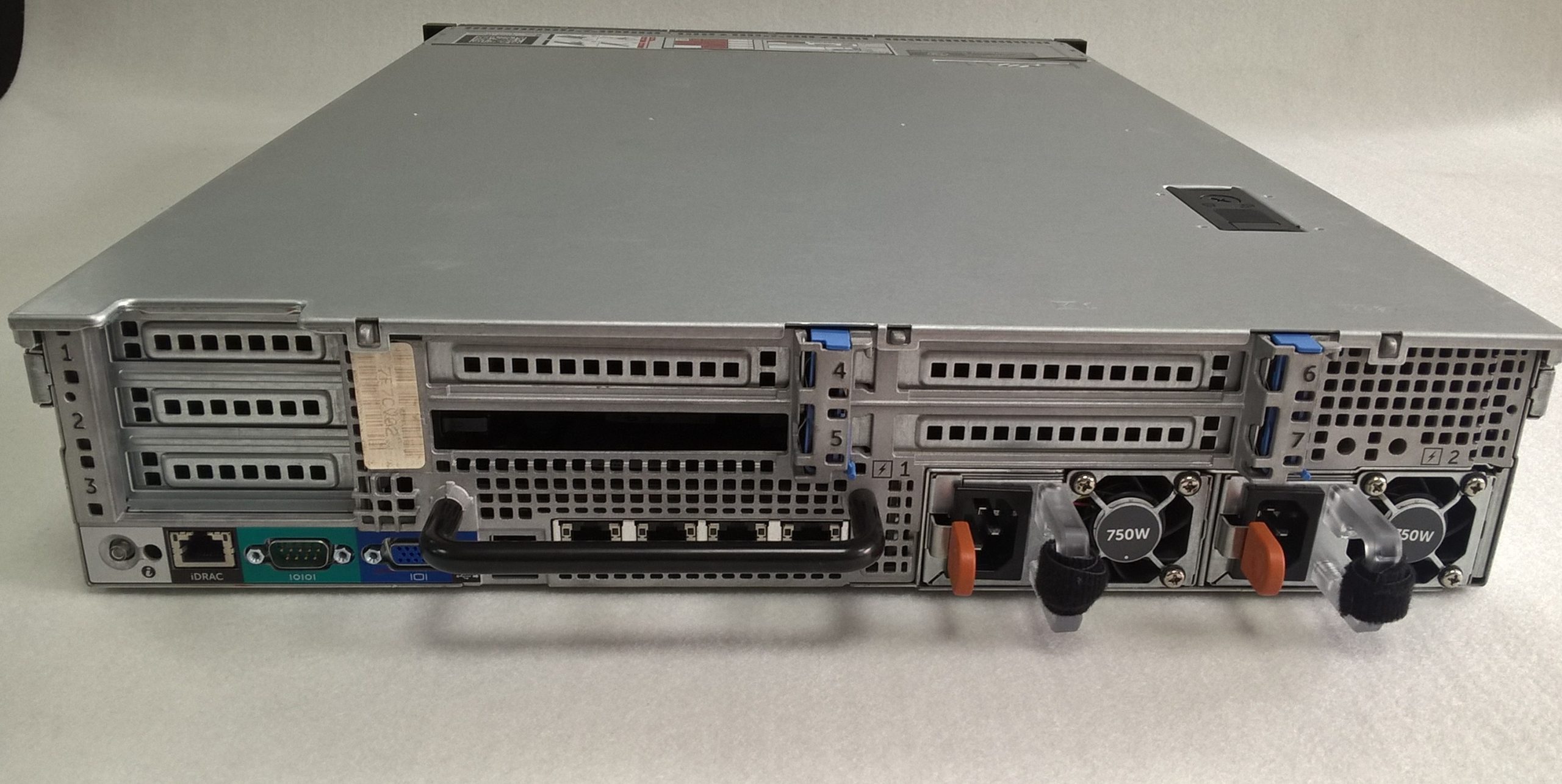Understanding the Risks of Sharing HAR Files: What You Need to Know
In today’s digital landscape, it’s crucial to be cautious about the information we share online. Recently, I encountered a potentially compromising situation that I feel compelled to share, as it serves as a cautionary tale for others.
I found myself in a situation that, at first glance, felt ordinary. A purported expert instructed me to access my browser’s developer tools, navigate to the network section, and save my network activity as a “.har” file. Unfortunately, I followed these instructions, and now I’m left wondering about the implications of this decision.
The individual has the .har file, and I’ve already noticed attempts to access one of my online accounts. Thankfully, my two-factor authentication successfully thwarted their efforts. However, I remain uncertain about the extent of the information contained in the .har file and what this individual could potentially deduce from it.
From my investigation, it seems the hacker only attempted to access the account I had open during the time of the .har file creation. Still, I can’t shake the feeling of unease—could they have gained insights into other personal information as well? This uncertainty has left me anxious, as I’m eager to safeguard my data and prevent any potential loss.
Key Takeaways on HAR Files
-
What Is a HAR File?
A HAR (HTTP Archive) file captures detailed information about network requests made by your browser. It includes requests and responses, resources loaded, and timing data, making it a powerful tool for debugging web applications. -
Risks Involved:
When shared with malicious actors, a HAR file can reveal sensitive data such as: - Cookies and authentication tokens, which could grant access to your online accounts.
-
Personal data submitted in forms, if those submissions occurred during the session.
-
Immediate Steps to Take:
If you’ve found yourself in a situation similar to mine, it’s essential to act quickly: - Change your passwords, starting with any accounts associated with the time you created the HAR file.
-
Monitor your accounts for unusual activity and consider enabling enhanced security measures like two-factor authentication where it’s available.
-
Preventing Future Incidents:
Always be cautious when sharing files or following unsolicited advice regarding technical troubleshooting. Understanding the tools you use and the implications of your actions can help you navigate the digital world safely.
Conclusion
In this case, I learned the hard way about
Share this content:



